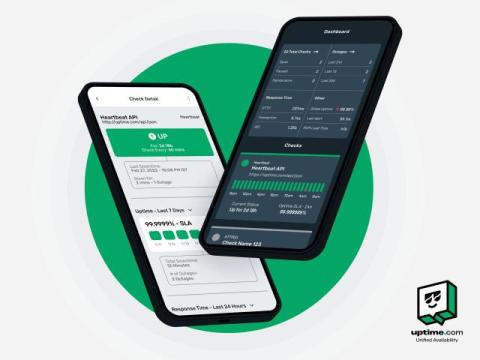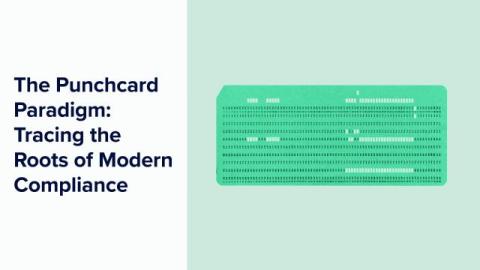Level up with distributed tracing: Enhancing application performance with Applications Manager
In our modern, digitally connected landscape where software stretches across diverse platforms and settings, trying to track a single request can seem like wandering through a maze with a blindfold on. This is where distributed tracing comes into play. It’s an essential technique that sheds light on the paths of digital transactions through complex systems, making the invisible visible. Distributed tracing offers many advantages for monitoring and fixing complex distributed systems.










